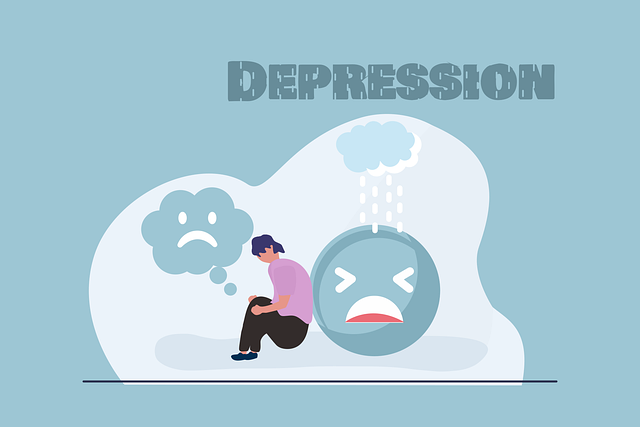Life is unpredictable, and adversity is an inevitable part of the human experience. Whether it’s a personal setback, professional challenge, or global crisis, everyone faces moments that test their strength and resolve. The difference between those who crumble under pressure and those who thrive lies in resilience—the ability to adapt, recover, and grow stronger in the face of adversity. While some people seem naturally resilient, this trait can be cultivated through intentional practices and mindset shifts. In this article, we’ll explore actionable techniques to build resilience and equip yourself with the tools needed to navigate life’s toughest challenges.
What Is Resilience?
Resilience isn’t about avoiding hardship or pretending everything is fine when it’s not. Instead, it’s the capacity to endure difficulties, learn from them, and emerge wiser and more capable. Resilient individuals don’t see failure as permanent; they view it as a stepping stone toward growth. This mental fortitude allows them to maintain perspective, manage stress effectively, and stay focused on long-term goals.
Building resilience doesn’t happen overnight—it requires consistent effort and self-awareness. Fortunately, there are proven strategies anyone can adopt to strengthen their resilience muscle.
1. Cultivate a Growth Mindset
Developed by psychologist Carol Dweck, the concept of a growth mindset revolves around the belief that abilities and intelligence can be developed through dedication and hard work. People with a growth mindset embrace challenges as opportunities for learning rather than threats to their ego.
- How to Practice It: When faced with adversity, ask yourself, “What can I learn from this?” Reframe negative thoughts like “I failed” into empowering ones such as “This experience taught me something valuable.”
- Real-Life Application: If you didn’t get a promotion at work, instead of dwelling on disappointment, seek feedback to improve your skills and performance for future opportunities.
2. Develop Strong Social Connections
Humans are inherently social creatures, and having a supportive network is one of the most powerful predictors of resilience. Friends, family, mentors, and colleagues provide emotional support, practical advice, and encouragement during tough times.
- How to Strengthen Relationships: Make time for meaningful interactions, even if it’s just a phone call or coffee date. Be vulnerable and open about your struggles—authenticity fosters deeper connections.
- Why It Matters: Studies show that people with strong social ties are better equipped to handle stress and recover faster from setbacks.
3. Practice Emotional Regulation
Adversity often triggers intense emotions like anger, sadness, or fear. Learning to regulate these emotions prevents impulsive reactions and helps you respond thoughtfully.
- Techniques to Try:
- Mindfulness Meditation: Focus on the present moment without judgment. Apps like Headspace or Calm can guide you through short exercises.
- Deep Breathing: Slow, controlled breaths activate the parasympathetic nervous system, calming your body and mind.
- Journaling: Writing down your feelings provides clarity and reduces emotional overwhelm.
- Long-Term Benefits: By managing your emotions, you gain control over how external events affect you, reducing anxiety and improving decision-making.
4. Set Realistic Goals and Take Action
When adversity strikes, it’s easy to feel paralyzed by uncertainty. Setting small, achievable goals gives you a sense of purpose and momentum, helping you regain a feeling of agency.
- Steps to Follow:
- Break down big challenges into manageable tasks.
- Celebrate small wins along the way to boost motivation.
- Stay flexible and adjust your plans as circumstances change.
- Example: If you’ve lost your job, focus first on updating your resume, networking with contacts, or taking an online course to enhance your skills.
5. Embrace Self-Compassion
Being kind to yourself during difficult times is crucial for building resilience. Self-compassion involves treating yourself with the same care and understanding you’d offer a friend in need.
- How to Practice It: Speak to yourself gently, especially when you make mistakes. Replace self-criticism with affirmations like, “I’m doing my best,” or “This is tough, but I’ll get through it.”
- Why It Works: Research shows that self-compassionate individuals experience less depression and anxiety and recover more quickly from setbacks.
6. Focus on What You Can Control
One of the biggest drains on resilience is obsessing over things outside your influence. Instead, direct your energy toward actions within your power.
- Exercise: Create a list of factors you can control (e.g., your attitude, daily habits) versus those you cannot (e.g., other people’s opinions). Prioritize the former.
- Outcome: Shifting your focus empowers you to take proactive steps, reducing feelings of helplessness and frustration.
7. Find Meaning in Challenges
Resilient people often look for meaning in their struggles, transforming pain into purpose. This process, known as post-traumatic growth, allows individuals to discover new strengths, relationships, or life directions after adversity.
- Questions to Ask Yourself:
- “How has this experience changed me?”
- “What lessons can I carry forward?”
- “How can I use this to help others?”
- Inspiration: Consider stories of individuals who turned hardships into triumphs, such as entrepreneurs who started businesses after facing financial ruin or activists who channeled personal loss into advocacy.
8. Prioritize Physical Health
Your physical well-being significantly impacts your ability to cope with stress and bounce back from challenges. Exercise, sleep, and nutrition all play vital roles in building resilience.
- Key Habits to Adopt:
- Engage in regular physical activity, which releases endorphins and reduces stress.
- Aim for 7–9 hours of quality sleep each night to restore energy and cognitive function.
- Eat a balanced diet rich in whole foods to fuel your body and brain.
- Bonus Tip: Incorporate activities you enjoy, like yoga or hiking, to combine physical health with mental relaxation.
9. Seek Professional Support When Needed
Sometimes, resilience-building requires guidance from experts. Therapists, counselors, and coaches specialize in helping individuals develop coping strategies and overcome obstacles.
- Signs You May Need Help:
- Persistent feelings of hopelessness or overwhelm.
- Difficulty functioning in daily life due to stress or trauma.
- Strained relationships caused by unresolved issues.
- Action Step: Don’t hesitate to reach out to a licensed professional—they can provide tailored tools and support to bolster your resilience.

